iPhone XS Max: CNA Lifestyle road tests the new features of its dual 12-megapixel cameras
Among the new features: The upgraded camera lets users control the amount of background blur in their photos.
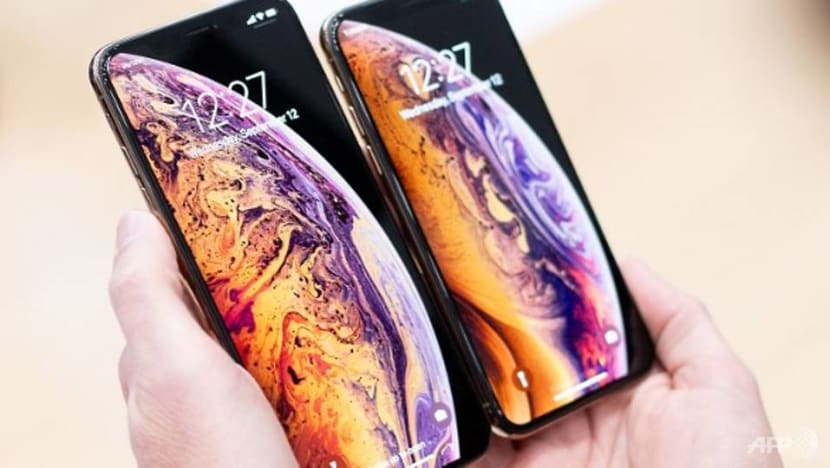
(Photo: AFP)
There was once a time when I would have bent over backwards to get my hands on the latest iPhone. Not so much anymore.
Apple has yet to come up with an earth-shattering, life-changing technological breakthrough worthy of quickening my pulse. So far it has been incremental upgrades. I say this as a longtime Apple fan and current iPhone X user, and I do not believe I am alone in feeling this way.
Watch: a first look at the iPhone XS and iPhone XS Max
So imagine my indifference when I was handed an iPhone XS Max – Apple’s current range-topper with a price to match – to road test. That said, it deserved a chance, so I took it out for a spin over four days.
Part of my work covering the luxury watch and jewellery business involves attending product launches and conducting interviews with those in the trade. I take a lot of photos, some to publish, some for my own reference, to jog the memory of what I have seen and who I have met.
So the camera became the object of my scrutiny. Both the iPhone X and iPhone XS Max are equipped with dual 12-megapixel cameras, but the latter also comes with new features: Smart HDR and Depth Control.
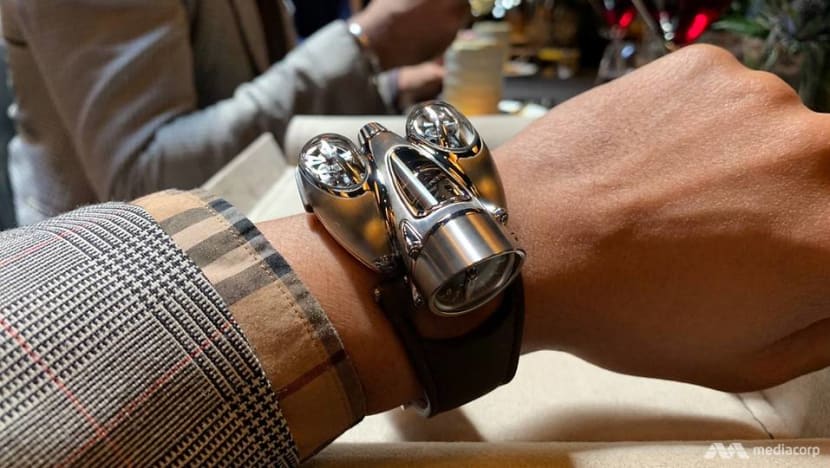


First impressions: The images taken by the new iPhone XS Max were sharp and detailed, but not exponentially different from my current iPhone X, even with the new image sensor that was supposedly more powerful.
However, I began to notice a stark contrast with photos taken at night. In situations with uneven lighting, where some areas are brighter than others, the bright areas tend to be overexposed and lack detail on my iPhone X. The new iPhone did not suffer the same problem.
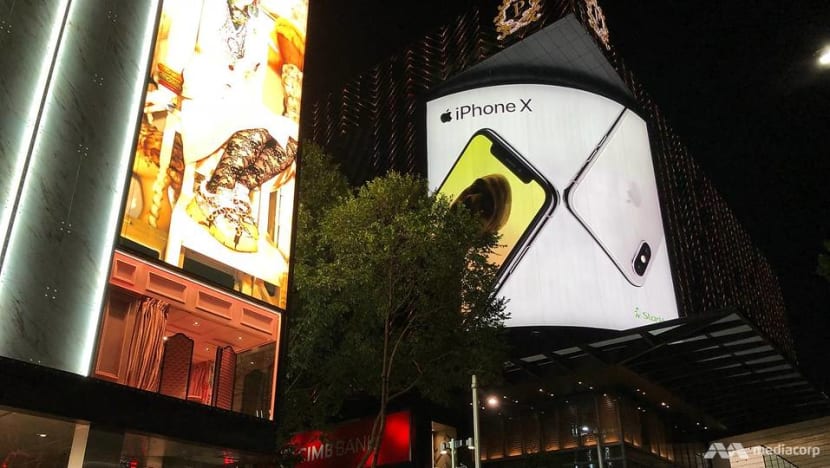
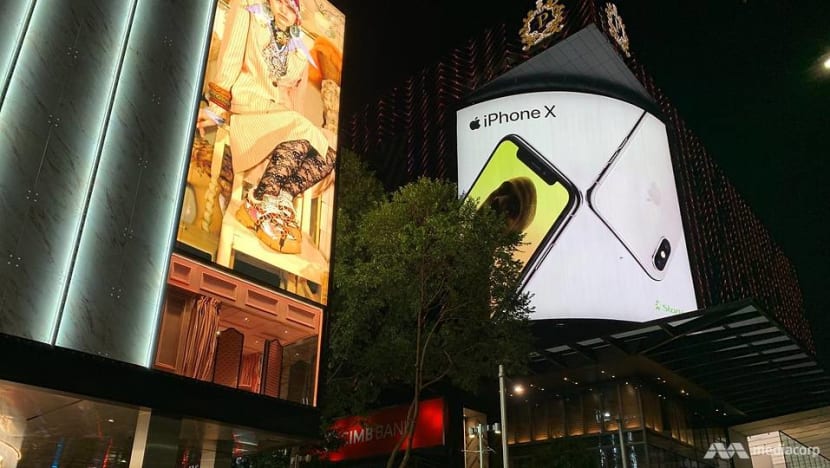
I also discovered that I could control the amount of bokeh (background blur) in Portrait Mode on the new iPhone XS Max. This Depth Control function was most evident when taking selfies.
There was quite a stark difference: Subjects in the foreground were much more clearly defined and seemed to pop against the background. Note that you cannot adjust the depth of field while taking the photo; you have to take the photo first before tweaking it. The f-stop values range from f1.4 (maximum bokeh, as seen below) to f16 (no bokeh).
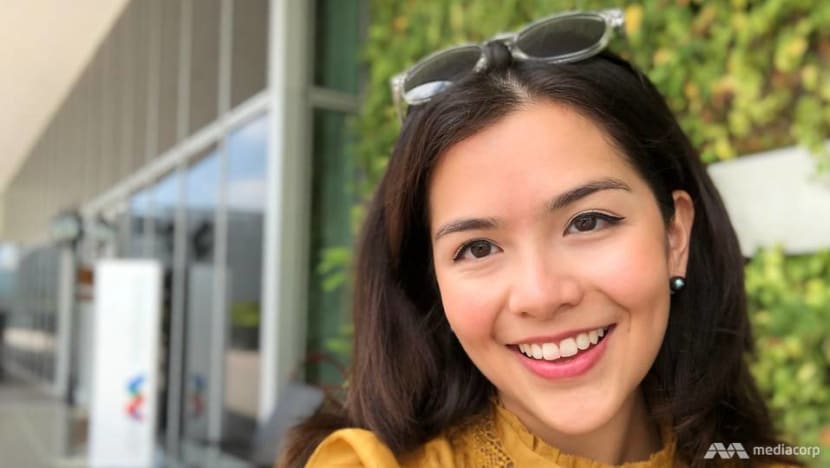

And speaking of selfies, the Smart HDR function also seemed to have a built-in smoothening filter, creating effects like the image-enhancing app Meitu Xiuxiu. Skin tones are evened out, wrinkles are smoothed out, pores are minimised… you get the idea.
I have always envied the “Beauty Face” enhanced images taken on my friends’ Samsung phones, so this new feature is a welcome addition. Is it enough for me to want to upgrade my phone? Nope. But for those considering making the leap from older models such as the iPhone 6 or earlier, it might prove to be the tipping point, if the wallet-unfriendly price is not a concern.












